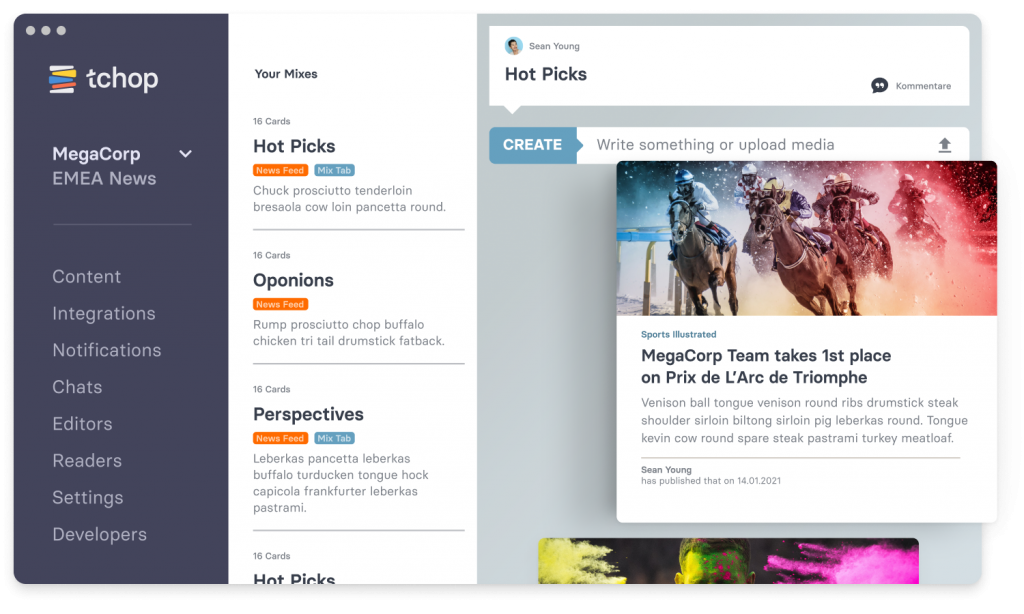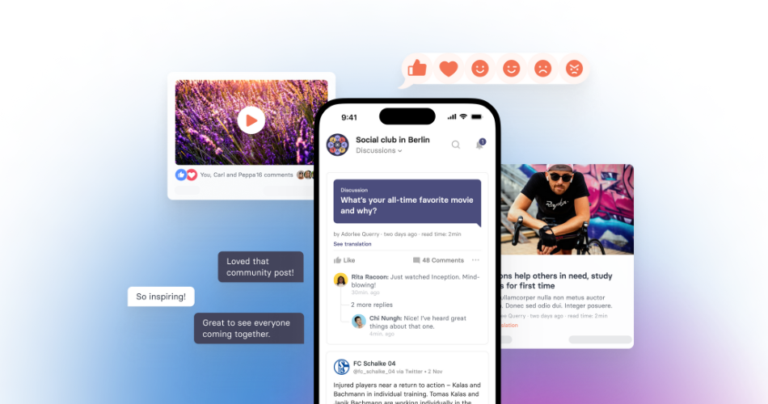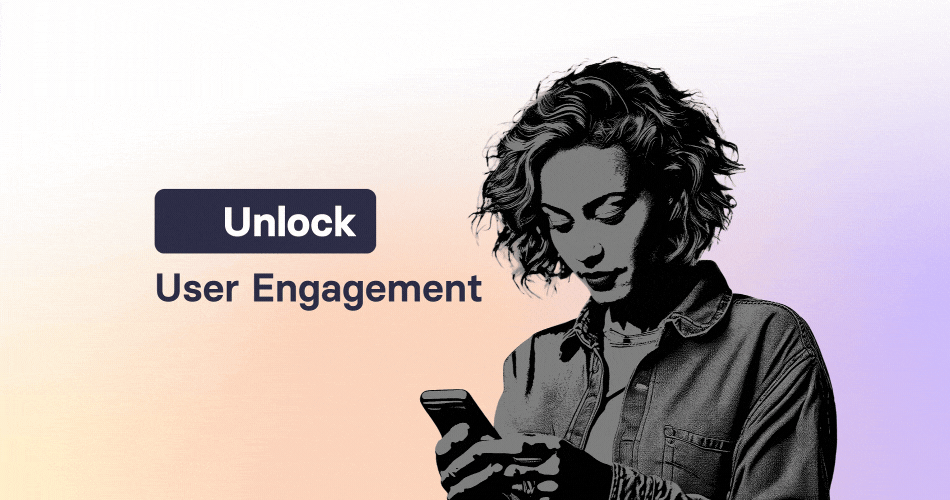In the vast and increasingly complex landscape of the digital age, the terms “media” and “social media platforms” are often used interchangeably. However, this intermingling is misleading, obscuring the fundamental differences between the two. As responsible digital citizens, it’s imperative that we understand these distinctions. Its even more imperative for creators and media executives.
Both realms of media and social media platforms serve to inform, entertain, and connect us. Yet the manner in which they achieve these objectives diverges significantly. The objective of this article is to explore these differences, to offer clarity where there is confusion as we believe the future of traditional media is that it must become a bit more social.

From Broadcasting to Interactivity
Traditional media operate on a model of broadcasting: a single source disseminates information to a vast number of recipients. This model creates a sense of separation between the content creators and the audience, limiting opportunities for direct interaction.
Contrastingly, social media platforms thrive on interactivity. They are built on the idea of community and social engagement, enabling two-way communication between content creators and consumers. These platforms have opened the floodgates to a more dynamic, interactive media experience.
Social media empowers users. Something that has become the key play of the mobile revolution.

Creation of Content: Who Holds the Pen?
In traditional media outlets, the creation of content is a specialized process, generally overseen by journalists, editors, and producers. These individuals are trained professionals, adhering to ethical standards and established practices in journalism.
On social media platforms, anyone and everyone can be a content creator. This democratization of content creation gives voice to a broader range of perspectives but can also contribute to the spread of misinformation. While the community aspect allows for a multitude of voices, the lack of professional oversight is a double-edged sword.
Filters and Amplifiers: Algorithms vs. Editorial Oversight
Traditional media use editorial processes to decide what news is relevant or essential. This human-driven approach incorporates journalistic integrity, aiming to balance objectivity and public interest.
Social media platforms, however, employ algorithms that filter and amplify content based on user behavior and preferences. While this creates a personalized experience, it also risks creating echo chambers where divergent views are marginalized, affecting the social dynamics of the community.
We believe that there is a huge opportunity for editorially controlled offerings that offer simple, but efficient ways of personalisation. Somehow the space in the middle. Algorithms are great, but editorial curation and quality is often much easier to pull off.

Revenue Models: The Economics of Attention
The traditional media industry largely relies on subscriptions, licensing, and advertising as revenue streams. These models often necessitate high-quality content to retain audience engagement and generate income.
In contrast, social media platforms primarily profit from advertising, specifically targeted advertising based on user data. As a result, they are incentivized to keep users engaged on their platform for longer periods, which often leads to the prioritization of sensational or polarizing content.
At tchop we believe: to secure publishing and media ventures in the future, it needs both. Subscriptions and ad based financing. In b2c the majority of users can’t be converted, so the key is to differentiate your product between the die hard fans that are ready to pay (also maybe higher prices) and the ones that are not willing pay.
Also at this point community-based media offers lot of leverage as it provides benefits and values on top of paid content.
Accountability and Governance: Rules of Engagement
In traditional media, there are regulatory bodies that enforce standards and codes of practice, ensuring that the content meets certain ethical and legal criteria.
While social media platforms have community guidelines, these rules are often inconsistently applied. The platforms themselves struggle with striking a balance between freedom of speech and preventing harmful content, making accountability a complex issue.
This leads to another opportunity for media brands to become more social: they can offer safe spaces where community conversations also do follow the same legal criteria and where moderation is happening in a more disciplined manner. In times where more and more users are tired of hate speech, this becomes an added value.
Conclusion: Navigating the Digital Tapestry
Understanding the differences between media and social media platforms is not just an academic exercise. It is crucial for understanding how we consume information, engage with our community, and participate in social and civic discourses.
Becoming more social offers media brands unprecedented opportunities to expand their reach, engage with a global community, and tailor content through real-time feedback. By embracing social media platforms, traditional outlets can break geographical barriers and tap into younger demographics. The interactive nature of social platforms allows media brands to gauge audience sentiment instantly, enabling adaptive content strategies and fostering a more engaged and loyal readership.








